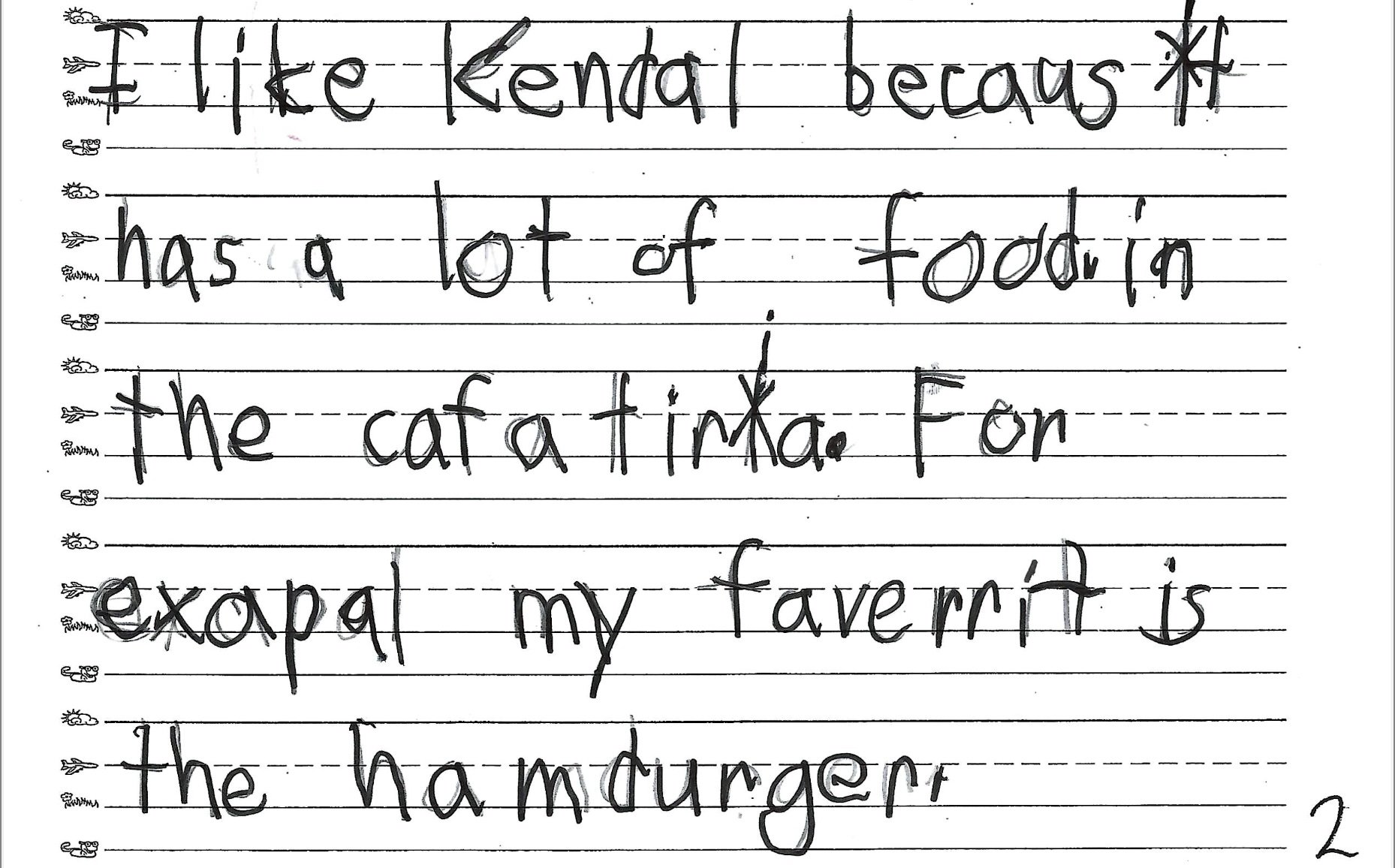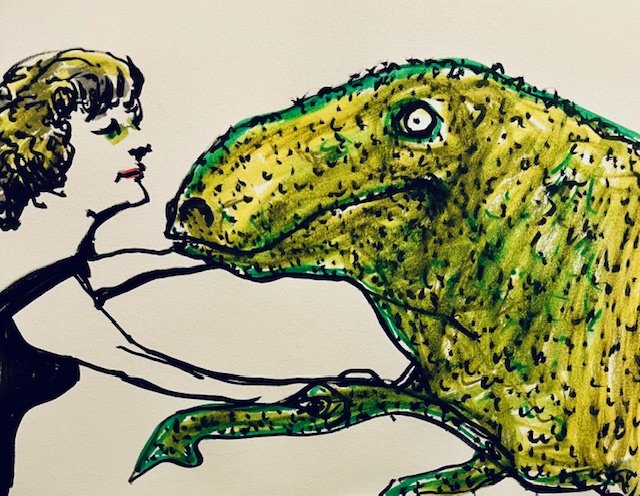It’s everywhere! Wrapped around dry cleaning, cosseting grocery items, storing food, bearing purchases, surrounding many items and filler for others shipped our way: soft plastic film! Trash containers are full of the stuff. Items like this:
Now you can rid yourself of this nuisance and help the students at Washington Irving School (WI). In each Kendal building, at the garage level, there’s a large container for collecting it all. NO HARD PLASTIC (which includes food containers and soda/water bottles). Note: make sure the plastic film is clean (give it a quick clean, if not).
The Challenge? If the total weight from us and around the Sleepy Hollow/Tarrytown communities is at least 1,000 pounds, WI gets a free Buddy Bench. What’s a Buddy Bench? It’s a way for a student to send a signal: I need a friend to play with or talk to. When other kids see someone there, they know that someone needs support. And it works!
WI students, faculty, and parents have already collected 850 pounds of plastic! Let’s give ‘em that extra push past 1,000 pounds! We have until June 30!
Come on! We can do this. Plastic waste is everywhere! What a great way to get rid of it!
It’s the Kendal Way!






































































